Ever wondered how to use resin to create those gorgeous, glossy art pieces you've been admiring online? You're in the right place! Resin is like magic in a bottle - it transforms simple ideas into jaw-dropping art that captures light and color in ways that'll make your friends ask, "How did you MAKE that?!"
Ready to jump in? Whether you're a total newbie who's never mixed resin before or you've tried a few projects and want to level up your skills, I've got you covered. We'll walk through everything from not-getting-this-stuff-all-over-your-kitchen to creating those mesmerizing cells and effects that look professionally done. Let's start creating some seriously stunning resin art together!
Ready to begin your resin journey with confidence? Our Resin Starter Kits include everything you need for professional results from your very first project.
How To Use Resin: Getting Started

Resin art requires careful preparation before you begin. The right tools, workspace, and knowledge about resin types help you succeed in your artistic journey.
Essential Tools And Materials
You'll need specific supplies to start your resin art journey. Epoxy resin is your main material and usually comes as a two-part system with resin and hardener.
Buy a high-quality art resin made for creative projects. Other essential tools include:
- Measuring cups with clear volume markings
- Mixing sticks or silicone spatulas
- Nitrile gloves to protect your skin
- Respirator mask rated for chemical vapors
- Heat gun or torch to remove bubbles
- Level surface or canvas for your artwork
- Colorants (mica powders, alcohol inks, or resin dyes)
- Wooden panels or silicone molds as your base
Use disposable drop cloths to protect your work area. Beginners should start with small projects to practice before buying large amounts of materials.
Setting Up A Safe Workspace
Safety comes first when working with resin. Choose a well-ventilated area away from children and pets.
Open windows or use fans to improve airflow and reduce fumes. Cover your workspace with plastic sheeting to protect against spills.
Resin is nearly impossible to remove once cured. Work on a flat, level surface to keep resin from flowing in unwanted directions.
Keep your workspace between 70-75°F (21-24°C) for best results. Cold slows curing, while too much heat makes resin cure too quickly.
Keep a cleanup station ready with paper towels and isopropyl alcohol for quick spill management. Handle uncured resin with care, as it is toxic.
What Are The Different Types Of Resin?
Several resin types offer unique properties for different creative needs:
- Epoxy resin is beginner-friendly with generous working time and a crystal-clear finish. Perfect for most starter projects.
- Art resin contains UV stabilizers that prevent yellowing, preserving your vibrant colors long-term.
- Casting resin excels for deeper pours and 3D objects, generating less heat during curing to prevent cracking in thicker applications.
- UV resin cures only when exposed to ultraviolet light, giving unlimited working time until you place it under a UV lamp—ideal for detailed work.
When selecting your resin, consider: project depth, working time needed, desired finish (glossy vs. matte), and whether it's for indoor or outdoor use. Try small amounts of different brands to discover what works best with your techniques and environment.
Basic Resin Art Techniques

Successful resin art starts with mastering a few basic techniques. Learning these skills helps you avoid common mistakes and achieve professional results.
Proper Mixing Methods
Mixing your resin correctly is crucial. Always measure resin and hardener according to the manufacturer's instructions, usually in a 1:1 ratio.
Use clean measuring cups and pour the hardener into the resin. Stir gently but thoroughly for 3-5 minutes, scraping the sides and bottom of the container.
Mix in a figure-eight pattern to combine components without making too many air bubbles. A warm environment (about 75°F/24°C) helps resin flow and makes mixing easier.
Creating Bubble-Free Pours
Bubbles can spoil the clear finish of your resin art. After mixing, let your resin sit for 5-7 minutes so larger bubbles rise to the surface.
Pour resin slowly in a thin stream from about 6 inches above your work surface. This helps break up bubbles and creates a smooth flow.
Briefly use a heat gun or torch across the surface to pop remaining bubbles. Hold it 3-4 inches away and keep it moving to avoid overheating one area.
White resin traps more bubbles, so be extra careful when using it. Warm your resin bottles in warm water before mixing to reduce bubbles.
Working With Pigments And Dyes
Start with small amounts of pigment. For transparent effects, use 1-2 drops of dye per ounce of resin. For opaque finishes, add more.
Mix pigments into a small amount of resin first, then add this colored resin to your main batch. This prevents clumping and ensures even color.
You can use acrylic paint in resin, but keep it under 10% of the total volume. Resin-specific pigments usually give better results.
Test different products to see how they interact. Some pigments sink while others float, making interesting effects when layered.
Keep notes on your color recipes for future projects.
Creating Your First Resin Projects

Start with simple projects to build confidence before tackling complex designs. These beginner-friendly options require minimal tools while teaching essential techniques.
Simple Coasters And Trays
Coasters and trays are perfect first projects that teach fundamental resin techniques while creating functional art you can use or gift to others.
Materials needed:
- Silicone molds
- Epoxy resin
- Decorative elements (dried flowers, metallic pigments)
Process:
- Mix resin according to instructions (typically 1:1 ratio), stirring slowly for 3-5 minutes
- Pour a thin base layer into your mold
- Add decorations when base becomes tacky (about 30 minutes)
- Pour remaining resin over decorations
- Remove bubbles with a heat gun or torch
- Allow 24 hours before demolding and 72 hours before use
Resin Jewelry Basics
Resin jewelry lets you explore creativity in miniature, creating wearable art that showcases your growing skills with this versatile medium.
Materials needed:
- Silicone jewelry molds
- UV or epoxy resin
- UV lamp (for UV resin)
- Jewelry findings
- Decorative elements
Process for UV resin:
- Place decorations in mold first
- Add UV resin drops to cover completely
- Cure under UV lamp (2-4 minutes) or sunlight (15-20 minutes)
- Attach findings with jewelry glue
- Sand and polish as needed
Process for epoxy resin:
- Follow same placement and pouring steps
- Allow 24+ hours for curing
- Finish with findings, sanding, and polishing
Decorative Wall Art
Wall art represents your biggest canvas yet, allowing you to create stunning statement pieces with depth, movement, and visual impact that captivate viewers.
Materials needed:
- Canvas or wooden panel
- White acrylic paint/primer
- Epoxy resin
- Alcohol inks or resin pigments
- Heat gun
Process:
- Seal surface with white acrylic paint/primer
- Mix enough resin for a 1/8-inch layer
- Divide into cups for multiple colors
- Add 2-3 drops of colorant per cup
- Pour in patterns across canvas
- Create effects with heat gun or by swirling colors
- Cure on a level, dust-protected surface for 24+ hours
The secret to stunning resin art starts with premium materials. Explore our Clear Epoxy Resin Collection for crystal-clear, bubble-resistant formulations that professionals trust.
Advanced Resin Techniques
Once you master the basics, try these advanced techniques to create professional pieces with stunning effects. These methods need practice, but will elevate your artwork.
Creating Cells And Special Effects
Cells in resin art are bubble-like patterns that look organic. Add 2-3 drops of silicone oil per ounce of colored resin to create cells.
Mix gently with a toothpick and avoid over-mixing. Use a torch or heat gun to quickly pass over the surface and help the silicone rise, forming cell patterns.
For marble effects, use the "dirty pour" technique. Pre-mix your colors, then pour them together into one cup before pouring onto your canvas.
This creates beautiful swirls without over-mixing. Alcohol inks make vibrant, translucent effects when you add a few drops to clear resin.
Working With Inclusions
Inclusions are items embedded in resin for depth and interest. Popular options include:
- Natural elements: dried flowers, leaves, shells
- Metallic accents: gold leaf, metal flakes, glitter
- Paper items: photos, illustrations, maps
Make sure natural inclusions are completely dry to prevent bubbles or discoloration. Seal porous items with a thin resin layer first.
Pour a thin base layer of resin and let it get tacky, then arrange your inclusions and pour the final layer over them.
Apply gold leaf after your base layer is tacky. Press it down gently with a soft brush and seal with another resin layer.
Some inclusions might float. Use a toothpick to push them down or add them between layers.
Multi-Layer Pouring Methods
Layering resin adds depth to your artwork. Let each layer cure to a tacky state before adding the next, usually 4-6 hours depending on your resin and room temperature.
For a 3D effect, pour small puddles on your first layer to create "resin islands." Once tacky, cover with another layer to make floating elements.
Try "contour pouring" by adding different colored resins in rings around a central point. Use a heat gun to blend the edges where colors meet.
Color Layering Tips:
- Start with transparent layers on the bottom, opaque on top
- Use white or metallic in middle layers for reflection
- Keep layer thickness consistent (about 1/8 inch)
For geode effects, build up thin layers of blues and clear resin, adding white and metallic accents between layers.
How To Finish And Display Your Resin Art
Proper finishing transforms your resin pieces from simple crafts to professional artwork, enhancing both appearance and longevity.
Resin Art Sanding And Polishing Methods
The path to a flawless finish begins with proper sanding techniques that reveal your piece's true potential.
Start with wet 400-grit sandpaper, gradually progressing to 3000-grit. Keep surfaces wet while sanding to prevent scratches and dust inhalation. After sanding, polish with resin polish or automotive compound using circular motions with a soft microfiber cloth.
Key sanding tips:
- Always sand in one direction to avoid visible scratch patterns
- Use water as a lubricant to extend sandpaper life and improve results
- Take breaks to check your progress in different lighting
For larger pieces, orbital sanders can speed up the process, but apply only gentle pressure to avoid heat damage. Different projects require different approaches—jewelry demands finer finishing than wall art for that perfect shine.
Sealing And Protecting Your Work
A proper seal ensures your creation maintains its beauty for years to come, especially when exposed to light or handling.
UV-resistant spray sealants offer quick protection, while a thin final layer of UV-resistant resin provides maximum durability. Some artists prefer wax coatings for a more subtle sheen on certain projects.
Protection considerations:
- Add extra protection layers for frequently handled items
- Use UV stabilizers for pieces displayed in bright areas
- Wear gloves during application to prevent fingerprints
- Store unused sealants properly—most have limited shelf life
Always allow complete curing between protective layers for optimal results and durability that will maintain your artwork's beauty for years.
Take your resin art from amateur to professional with specialized equipment. Our Resiners Machines eliminate bubbles and ensure perfect curing every time.
Conclusion: How To Use Resin
Mastering resin art is a rewarding journey that combines technical skill with creative expression. As you progress from basic projects to more complex designs, you'll develop your own signature style and approach to this versatile medium.
Remember that patience and practice are your greatest allies in resin work. Each project builds your confidence and expands your repertoire of techniques, leading to increasingly impressive results.
Ready to create something special for friends and family? Explore our Ultimate Guide to Resin Gift Ideas for inspiration that transforms your new skills into meaningful presents they'll treasure.
Frequently Asked Questions: How To Use Resin
How do you apply resin?
First, mix resin and hardener according to package instructions, stirring thoroughly for the recommended time. Pour the mixture onto your work surface, then spread it from the center outward to ensure complete coverage. For 3D objects, apply in thin layers, allowing partial curing between applications to prevent overheating.
Is resin easy for beginners?
Resin is accessible for beginners but requires attention to detail and following instructions precisely. Simple projects like coasters or small jewelry pieces make excellent starting points for building confidence. Most beginners achieve satisfying results after practicing basic techniques and understanding proper measurements.
Can I mix water with resin?
No, water cannot be mixed with resin as it will prevent proper curing and create cloudiness. Adding water creates bubbles and weak spots that compromise the structural integrity of your finished piece. Use only compatible colorants and additives specifically designed for resin work.
What is needed to work with resin?
Essential supplies include epoxy resin, hardener, measuring cups, stir sticks, and a level work surface. Personal protection requires nitrile gloves, a respirator mask, and a well-ventilated workspace. Additional helpful tools include a heat gun for removing bubbles, silicone molds, colorants, and protective coverings for your work area.



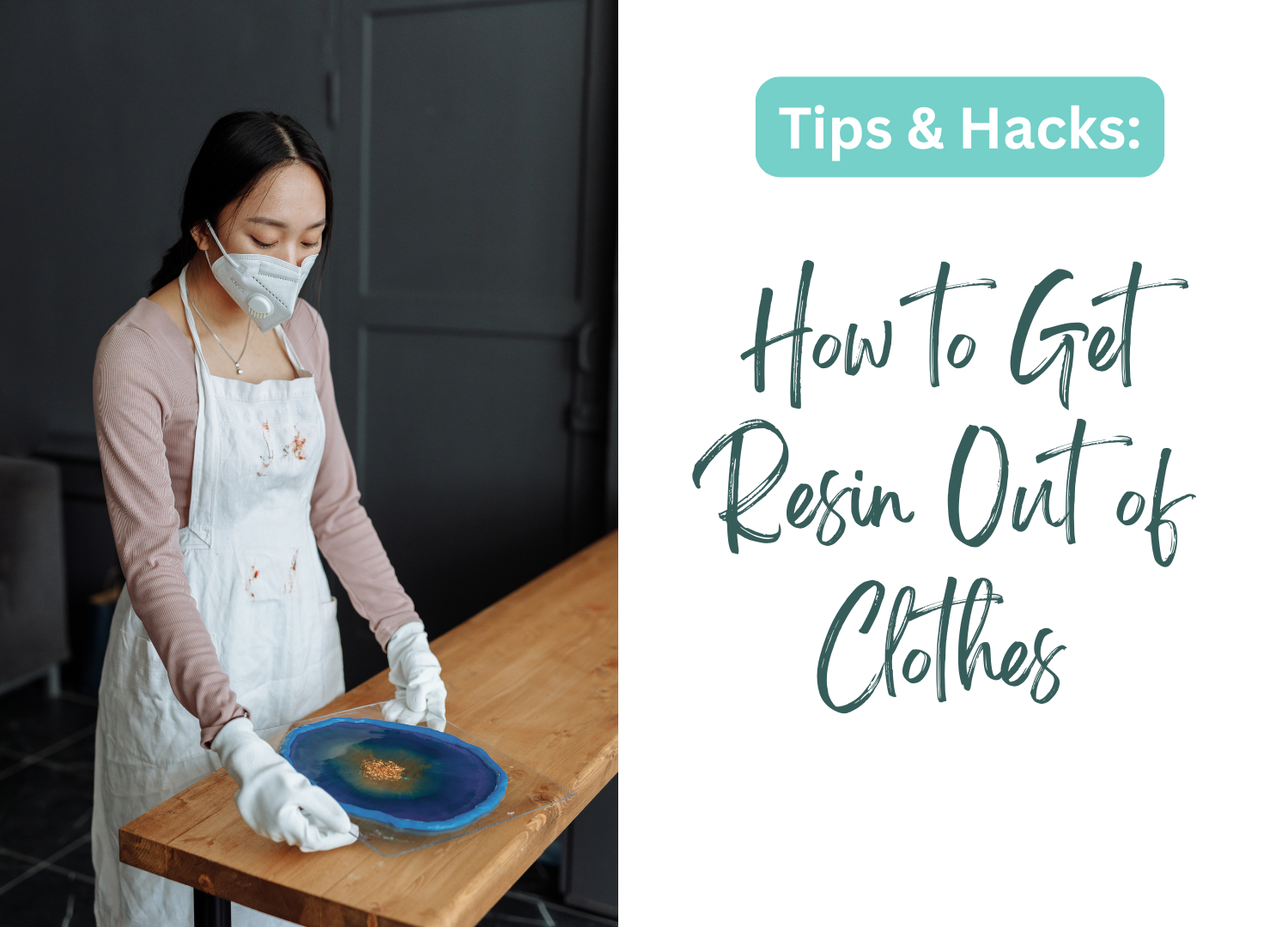
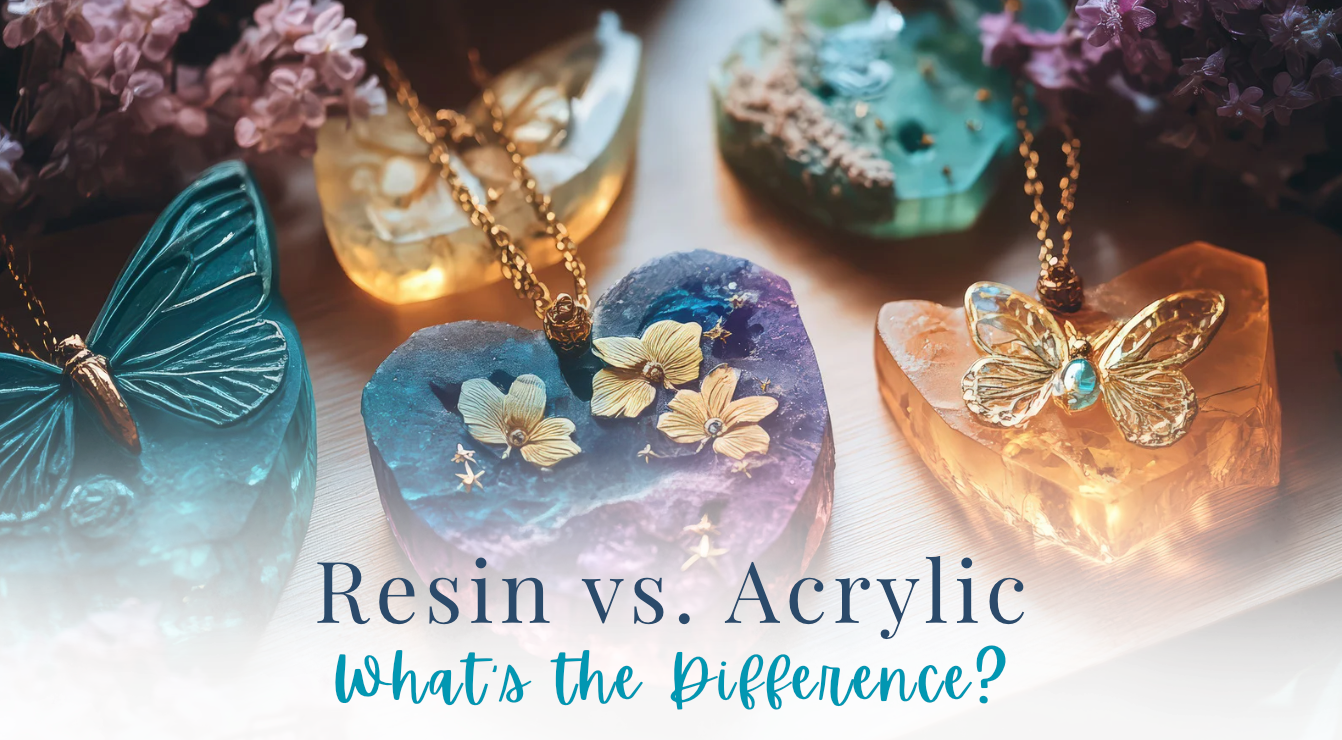

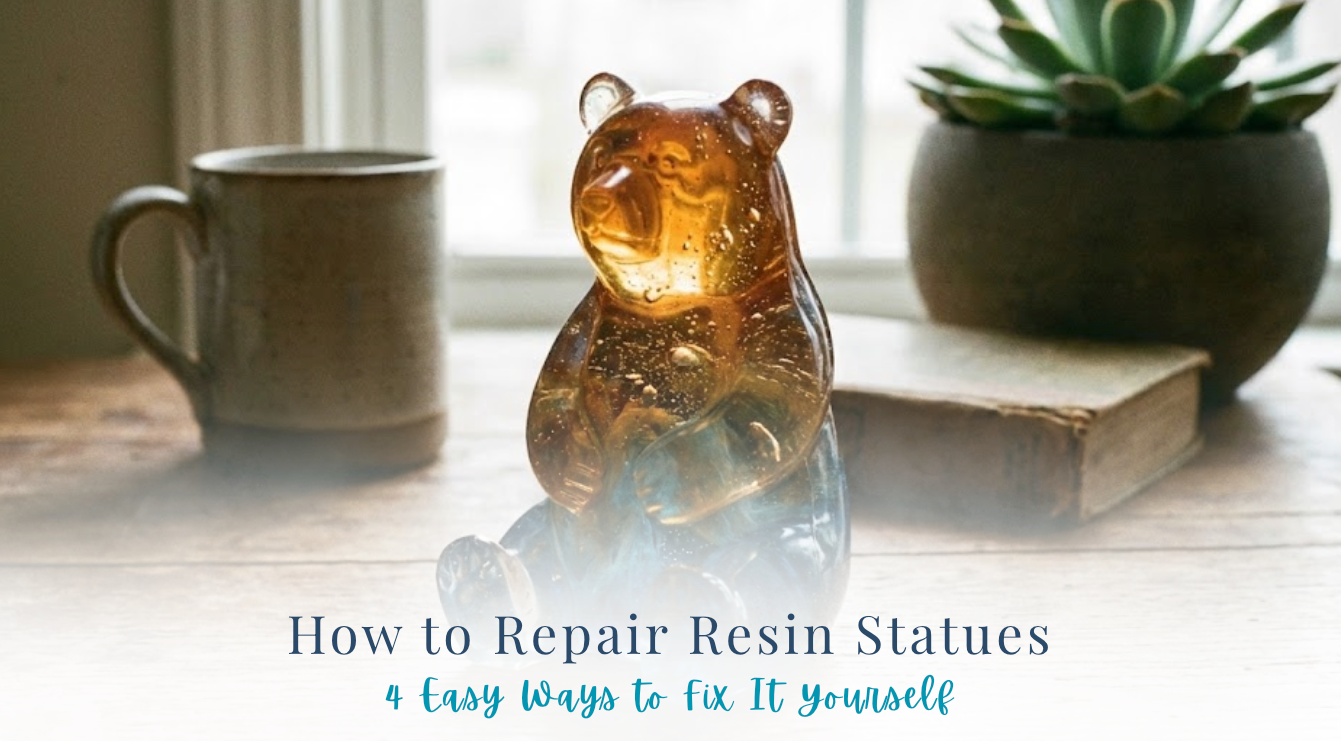

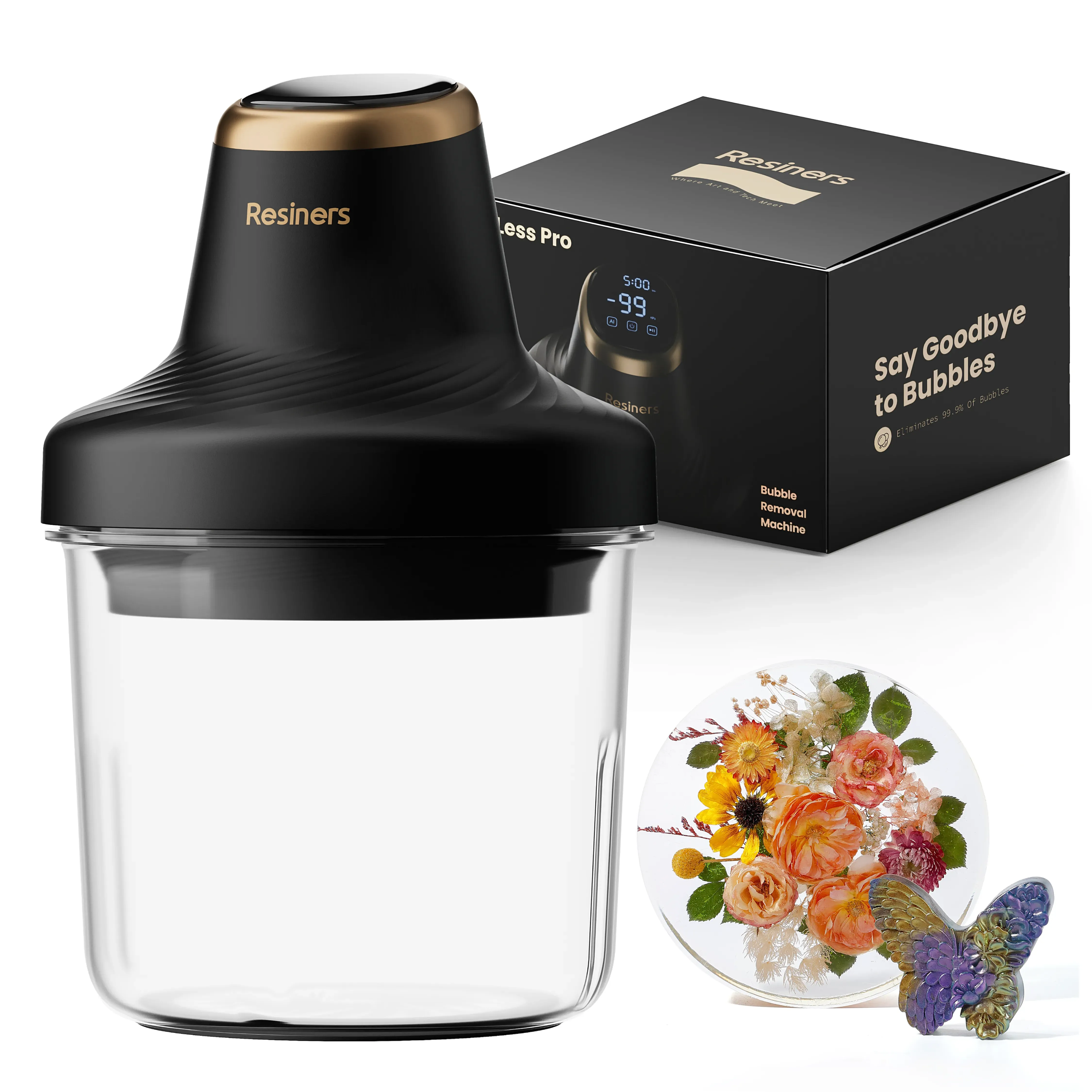

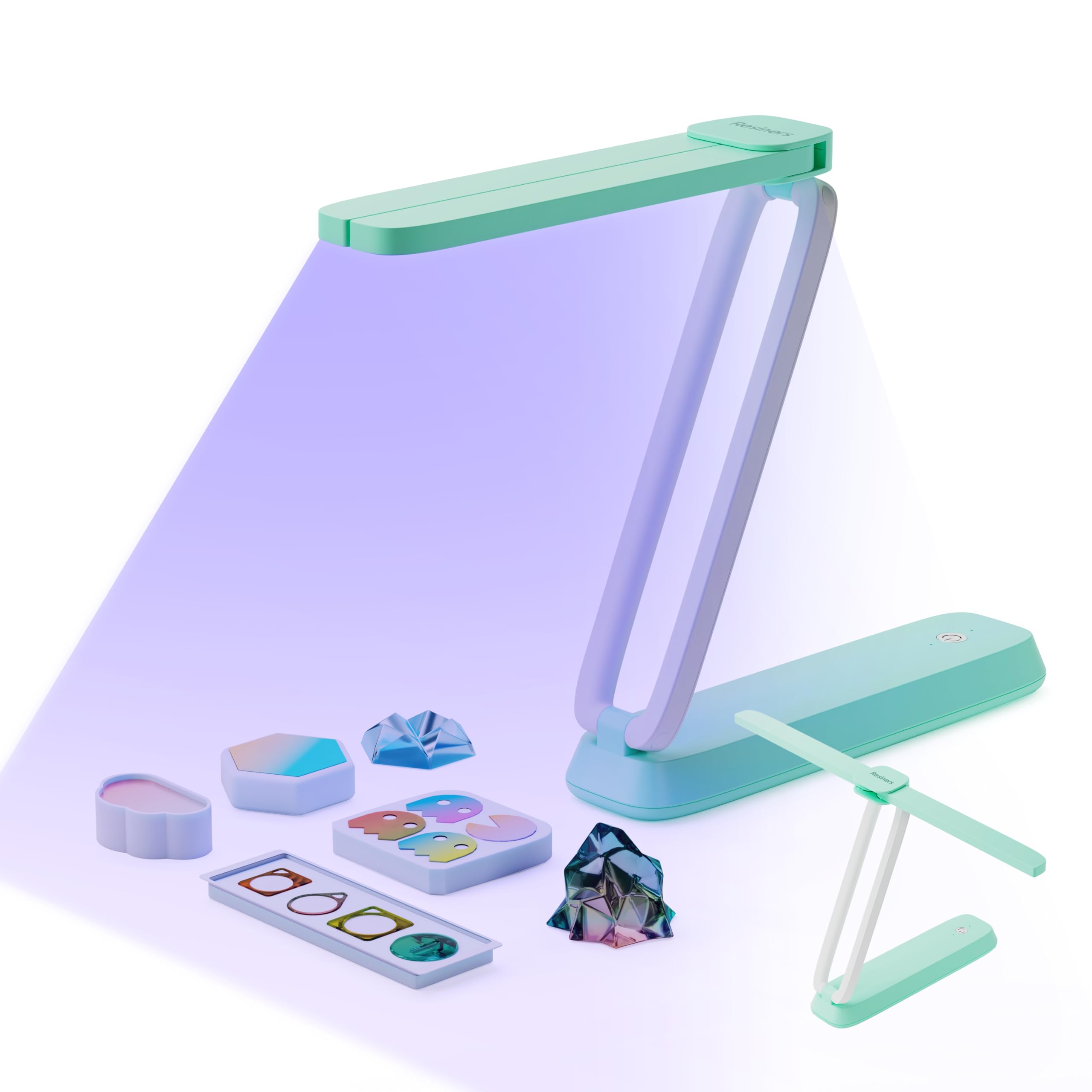

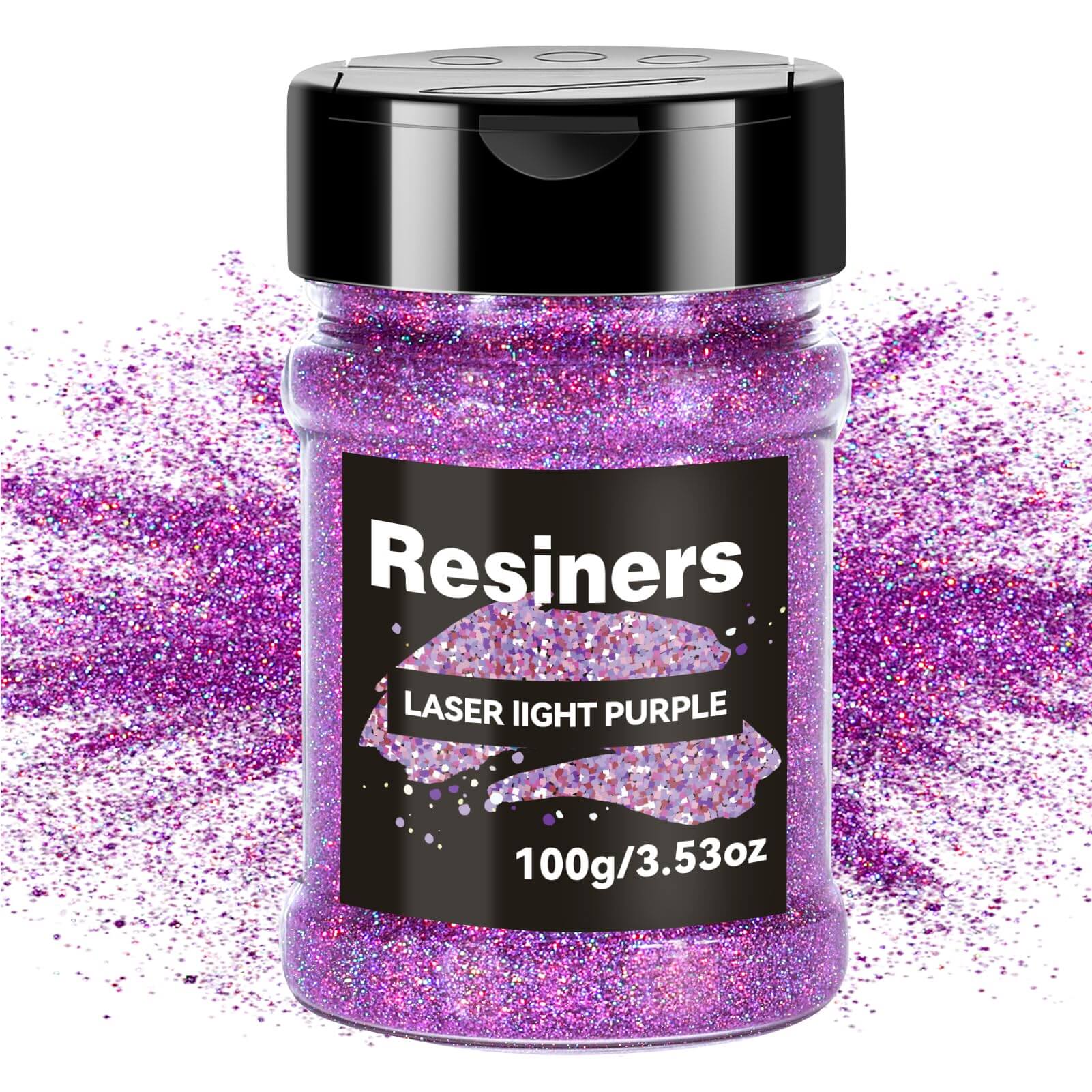
コメントを書く
このサイトはhCaptchaによって保護されており、hCaptchaプライバシーポリシーおよび利用規約が適用されます。